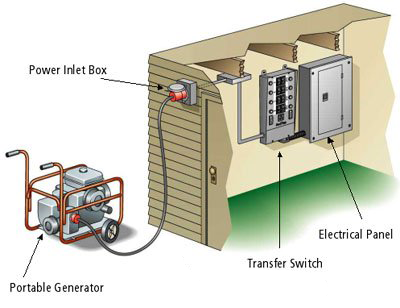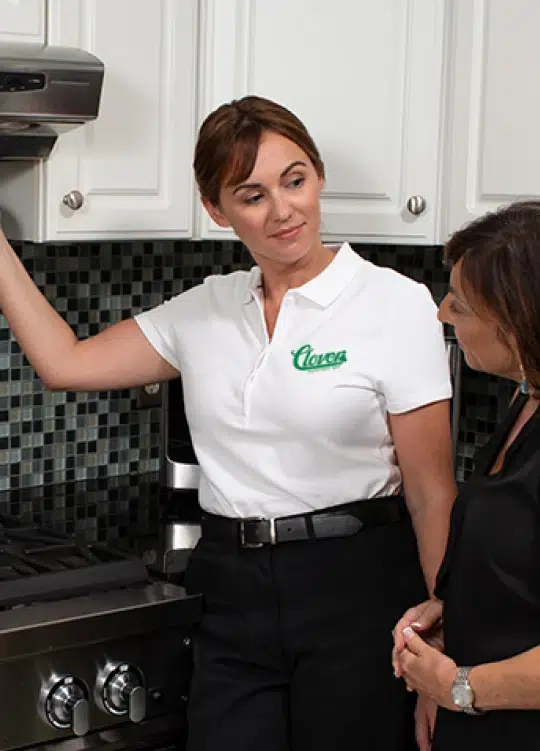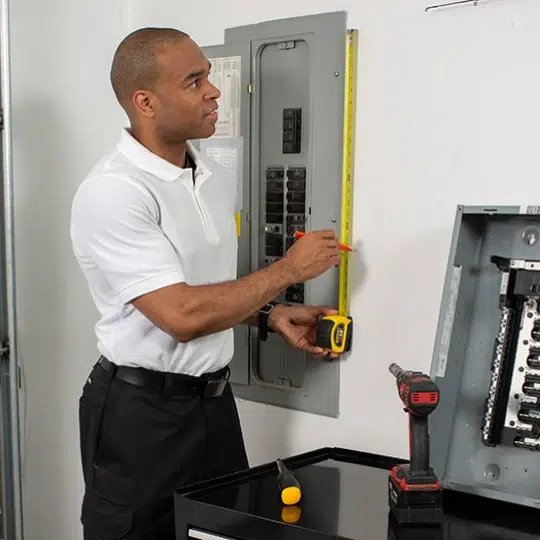Whether you’re installing a portable or permanent standby generator, a transfer switch allows for the safe switchover of power from the electrical grid to your generator and returns power to the utility service when the generator is shut off.

A transfer switch is more than a convenient way to shift between power sources, it’s also an essential safety device. The transfer switch prevents voltage from traveling from a home’s generator back to the grid, and from the grid to your generator, a hazardous condition known as back-feed. Back-feed can cause electrocution to utility crews working on power lines, electrical fires, and damage to your generator.
How An Automatic Transfer Switch (ATS) Works
- The utility power source fails because of a lightning strike, downed power line or other failure.
- The transfer switch detects the loss of voltage from the utility and immediately shifts the load to the emergency power source when power from the generator is stable and within prescribed voltage and frequency tolerances.
- When the utility power is restored, the transfer switch retransfers the load from the back-up power source to the normal power source.
Installing A Transfer Switch
Portable generators typically use a manual transfer switch, while permanent standby generators require an automatic transfer switch. A manual transfer switch will not work with a permantent standby generator. A transfer switch is required by the National Electric Code for any connection of power to a home and must be installed by a licensed electrician.
Depending on your power needs, a transfer switches can provide between 50-400 amps. Before installation you will need to know whether you want to power your entire electrical panel, or only your home’s essential appliances, such as the refrigerator and HVAC system.
Types Of Transfer Switches
To provide power to 8-16 critical circuits from your main breaker panel, your electrician can install a load center transfer switches, also known as essential circuit switches. For many older homes in the Cleveland area with 100-amp service or lower, this is good option. You won’t be able to power everything connected to a circuit that’s not backed up, so you will have to determine what’s most important at the time of installation.
Want to power everything in your home instead of choosing individual circuits? A service disconnect transfer switch powers your entire breaker panel to provide true whole-house backup power. This type of transfer switch is installed between your electric meter and breaker panel in situations where a 16-circuit load center isn’t enough.
Ready to install a new home generator? Call Clover Electric. Our electricians are backup power experts who will take the time to listen and understand your backup power needs to ensure you have safe, reliable backup power for years to come.
Clover Electric. You’ll be glad you called.



